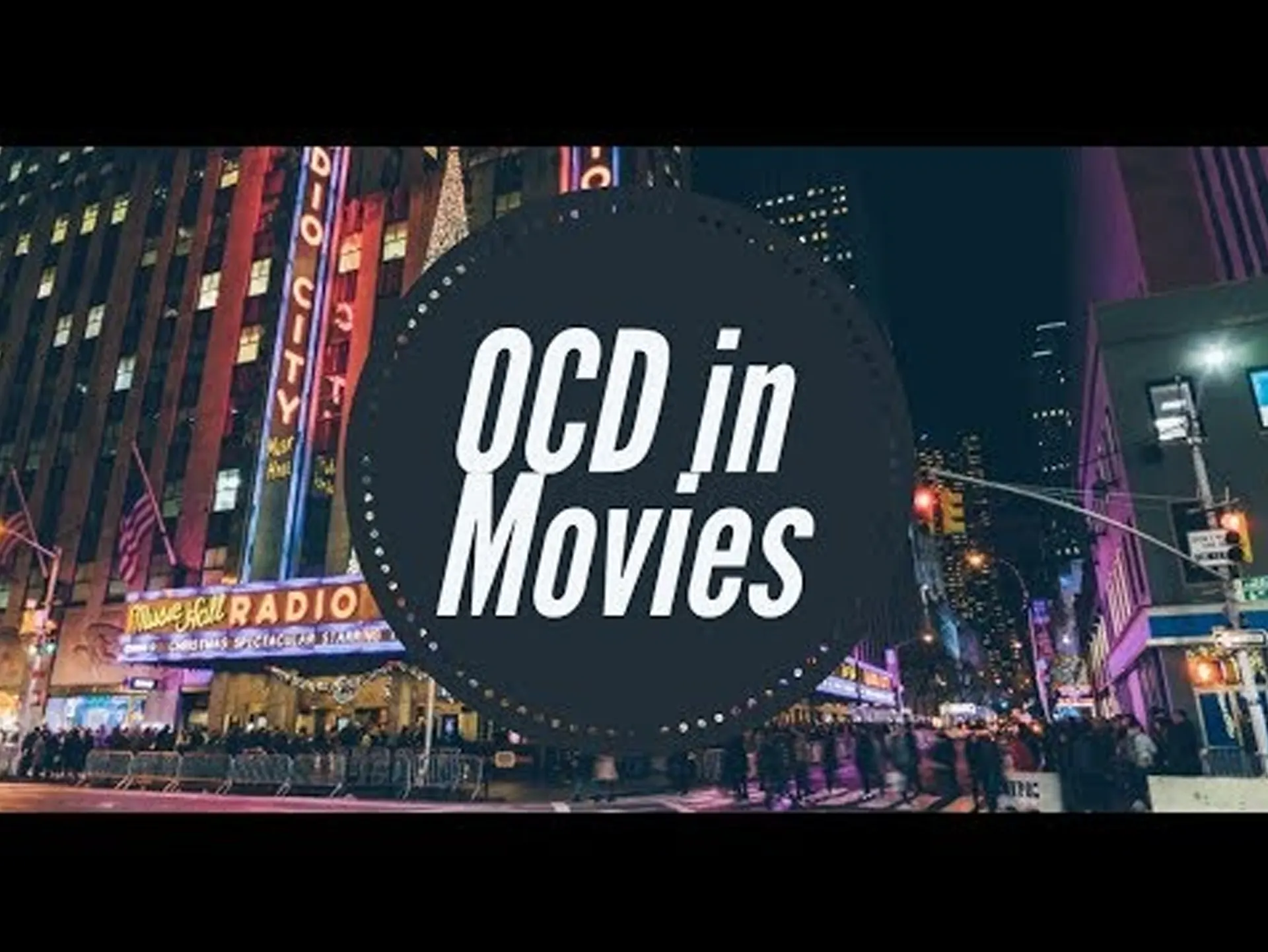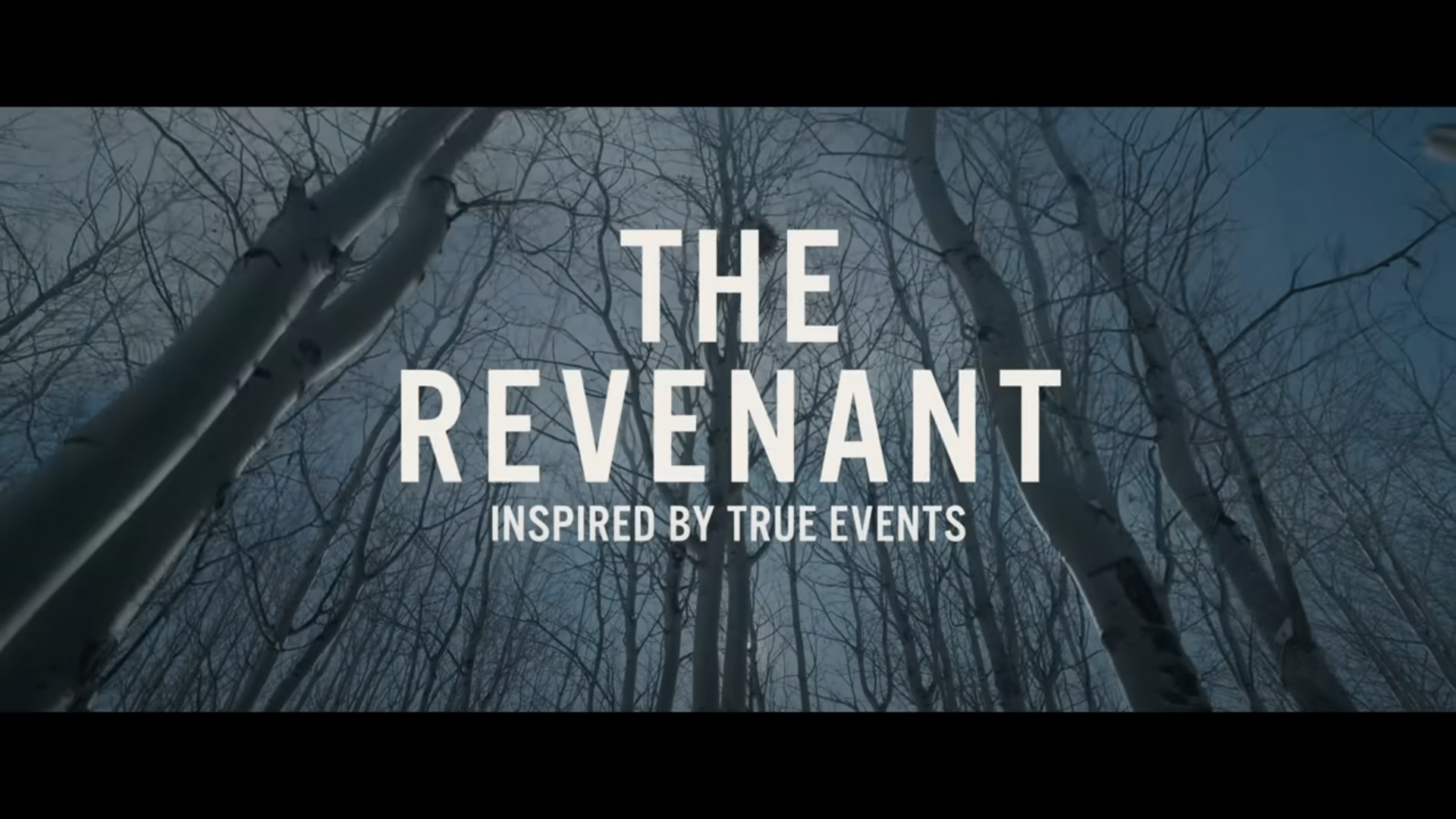Obsessive-Compulsive Disorder (OCD) is a complex mental health condition often portrayed in movies. While some films represent the struggles and experiences of those with OCD accurately, others tend to exaggerate or misrepresent the disorder. This blog explores how various films approach characters with OCD, the accuracy of these portrayals, and the impact they have on public perceptions of this mental health condition.
Understanding OCD: The Basics
OCD is characterized by persistent, unwanted thoughts (obsessions) that lead to repetitive behaviors (compulsions). For example, an individual might obsess over germs and feel compelled to wash their hands repeatedly. It’s important to recognize that OCD can manifest in various ways, affecting individuals differently. This clinical heterogeneity often leads to misunderstandings, especially in movies where characters with OCD are frequently depicted in oversimplified ways.
Filmmakers may not always delve into the nuances of the disorder, leaving audiences with a limited understanding. Some films choose to focus on a character’s compulsions instead of the emotional and psychological impact of OCD. This could result in a more entertaining narrative but ultimately fails to educate viewers about the complexity of the condition.
Historical Context: How OCD Has Been Portrayed in Film
Over the decades, movies have portrayed characters with OCD in many differently nuanced frameworks. Early representations often depicted them as “quirky” or socially awkward individuals, lacking depth and failing to communicate the true challenges of living with OCD. Films like “As Good as It Gets” starring Jack Nicholson brought attention to the disorder, portraying its struggles and highlighting the stigma attached.
Conversely, portrayals in more recent years tend to offer multifaceted representations. For example, the film “Silver Linings Playbook” features a character with OCD who grapples with his condition yet strives for meaningful relationships and personal growth. This more compassionate representation helps demystify OCD, portraying a character who is not just defined by their disorder but as a whole person with relatable aspirations.
The Role of Research in Character Development
Developing authentic portrayals requires thorough research and collaboration with mental health professionals. Filmmakers often consult psychologists and individuals with lived experience to accurately represent the symptoms, struggles, and broader implications of OCD. This research can lead to more sensitive and realistic representations of characters with OCD, promoting a better understanding among audiences.
For example, when designing a character in a movie, filmmakers can study how thoughts become obsessions and how compulsions are enacted as a means to cope. By embedding these elements authentically into the narrative, filmmakers can create characters whose experiences resonate with real-life individuals affected by the disorder.
Portrayal of Daily Life and Coping Mechanisms
Movies often depict characters with OCD engaging in specific rituals or compulsions. These moments can provide insight into a character’s daily life, illustrating how OCD affects their relationships, work, and personal wellbeing. While these sequences can be poignant, not every film effectively captures the nuances of coping mechanisms associated with OCD.
In exploring daily life, films like “The Aviator” show how even high-functioning individuals can experience forms of OCD that disrupt their ability to thrive. Howard Hughes, played by Leonardo DiCaprio, struggles with compulsions that manifest in various ways, including fear of germs and perfectionism. This portrayal highlights the often-invisible challenges faced by individuals with OCD, breaking free from the stereotype of the “eccentric weirdo” and allowing for a more compassionate understanding.
The Impact of Exaggeration and Misrepresentation
Unfortunately, some films exaggerate symptoms for comedic or dramatic effect, creating misconceptions about OCD. For instance, they might portray characters as obsessively cleaning or organizing without delving into the distress behind these compulsions. This exaggeration furthers stigma by reinforcing stereotypes, leading audiences to misunderstand the true nature of the disorder.
One common trope is that OCD can take the form of obsessive cleanliness and orderliness. While this is one manifestation of the disorder, it is crucial to understand that OCD is not limited to these behaviors. Misrepresentation can diminish the experiences of those who struggle with other forms of OCD, contributing to a binary view of the condition that does not encompass its full spectrum.
The Importance of nuanced Storytelling
Since movies hold significant power regarding public perception, creating nuanced narratives around mental health conditions like OCD can significantly alter viewers’ understanding. Filmmakers should strive for authenticity while challenging stereotypes. A deeper exploration of characters’ struggles can foster empathy, awareness, and compassion among audiences.
Films like “A Brilliant Mind” depict the complexity of mental health conditions, including OCD. The focus is not solely on the symptoms but on the character’s journey, showcasing their bonds with family and friends, the pursuit of personal goals, and the realities they face. When storytelling embodies such complexities, viewers are encouraged to engage in conversations about OCD and its impact, helping to reduce stigma and foster a sense of community.
Exploring Public Perception and Mental Health Awareness
Films have the power to shape broader conversations surrounding mental health. As the portrayal of characters with OCD becomes more nuanced and authentic, public perception can evolve positively. Increased awareness about the complexities of OCD can lead to better acceptance and understanding for individuals dealing with the condition.
By showcasing the lived experiences of those with OCD, films can serve as a platform for advocacy. Public dialogue surrounding mental health can be encouraged, creating opportunities for education and support. Efforts should be made to include perspectives from mental health professionals and individuals with lived experiences in discussions around the narratives portrayed in film.
Conclusion: The Path Forward in Representing OCD in Film
The portrayal of characters with OCD in film has evolved over the years, yet challenges remain. Authentic representation is paramount for fostering understanding and reducing stigma. Both filmmakers and audiences have a role in ensuring that mental health depictions are sensitive, accurate, and impactful.
By committing to thorough research, consulting mental health professionals, and engaging in narrative depth, films can tell richer stories surrounding OCD. As the industry progresses, there’s hope for continued emphasis on truthful representation and empathy, opening doors toward broader mental health conversations.
FAQs
1. Are there any movies that accurately depict OCD?
Yes, some films portray OCD authentically, showcasing the struggles and experiences of individuals living with the disorder. Movies like “Silver Linings Playbook” and “A Beautiful Mind” provide more relatable and nuanced portrayals.
2. How prevalent is OCD, and does it affect everyone in the same way?
OCD affects about 1-2% of the population, and its symptoms can vary greatly. Each individual experiences the disorder differently, and it can take many forms beyond the common stereotypes.
3. Can films help raise awareness about mental health issues?
Absolutely! Films can promote understanding and empathy by providing insights into mental health conditions, prompting conversations, and breaking down stigmas.
4. What can filmmakers do to improve their portrayal of mental health conditions?
Filmmakers can conduct thorough research, collaborate with mental health professionals, and listen to individuals with lived experiences to create more accurate and sensitive portrayals.
5. Are there resources available for those struggling with OCD?
Yes, many resources include hotlines, support groups, and therapy options. Organizations like the International OCD Foundation provide valuable information and help for those affected by OCD.



